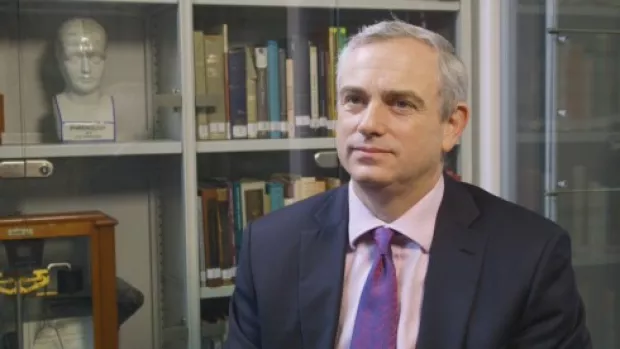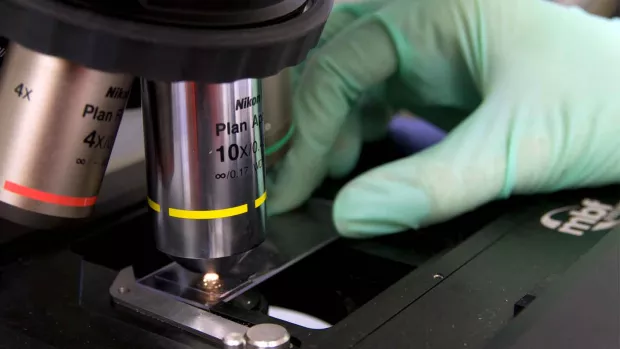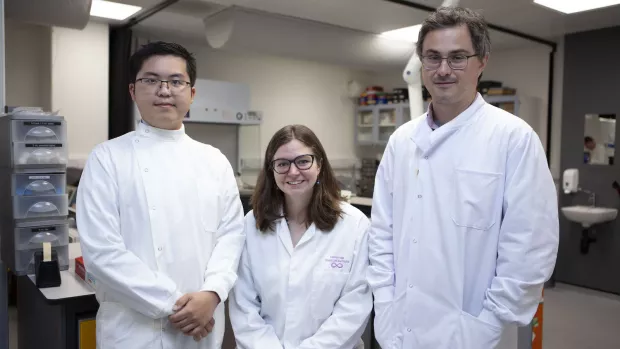What roles do myelin-making cells play in nerve repair?

- Lead researcher:
- Professor Charles ffrench-Constant
- Based at:
- University of Edinburgh
- MS Society funding:
- £242,367
- Status:
- Complete
About the project
In MS, nerve cell fibres can become irreparably damaged and lost, resulting in some MS symptoms becoming permanent. To reverse disability, we need to restore these lost connections.
Early research has highlighted a potential role for myelin-making cells in nerve regeneration. Researchers focused on two types of cell that are important in myelin repair: stem cells called oligodendrocyte precursor cells (OPCs) and myelin-making cells, called oligodendrocytes. They found that OPCs can promote regeneration of a damaged nerve cell fibre, whereas oligodendrocytes block it.
Our researchers want to understand the relationship between myelin-making cells and nerve cell repair in more detail.
The team will first look at different levels of oligodendrocytes and OPCs in post-mortem brain samples from people with MS, to see if there is a relationship with the levels of nerve fibre regeneration. Next, the researchers will see if they can promote nerve fibre repair and regeneration by changing the levels of oligodendrocytes and OPCs, looking at cells in a dish and in a mouse model of MS.
How will it help people with MS?
If we can find a way to encourage nerve fibre regeneration in MS, we would be closer to reversing the disability associated with the condition. This project is at an early stage, but could pave the way to finding new treatments that could do just that.
The difference you can make
There are currently no treatments available to help repair damage caused by MS. We need to support innovative projects like these if treatments are to become a reality.




